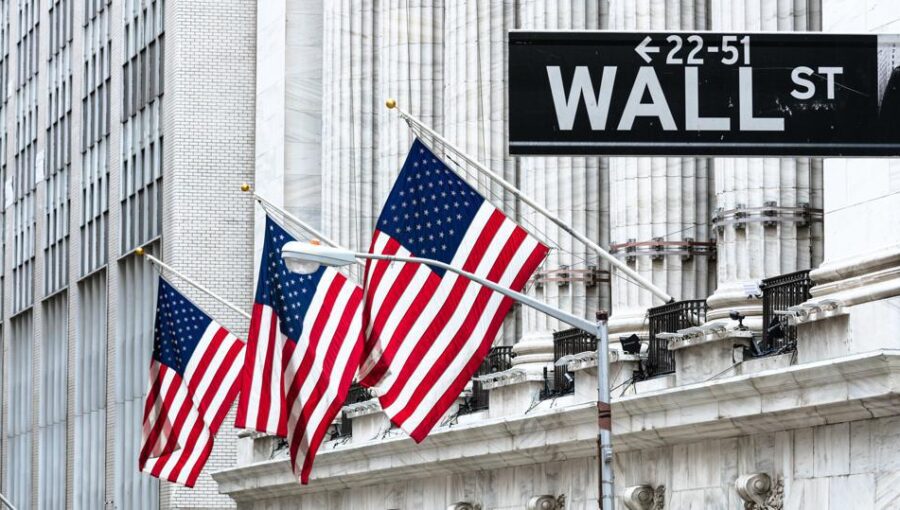The U.S. stock market is losing momentum and traders are becoming increasingly anxious about the future direction of the Fed’s monetary policy, which has aided the surge for U.S. stocks so far this year. This is due to the fact that the profits reported by U.S. corporations have been underwhelming, despite the fact that the employment numbers for the United States tells us an entirely different tale. Traders are now unsure of what to do as a result of the economic data, and the issue that occupies their minds is whether or not the stock market will continue its surge.
Confusion
The focus of the previous two weeks has been the Fed’s future monetary policies. Nearly everyone was taken aback by the robust employment report for the United States that was published by the United States National Labor Force two weeks ago. This is due to the fact that during this earnings season, just one message has been heard loud and clear: U.S. corporations are lowering headcounts and stopping the process of employing new workers. Since the Federal Reserve has gone from being very hawkish to just slightly hawkish in its monetary policy, this led many investors to believe that the economy of the United States is more than likely going to go towards a soft landing. Prior to the statement given by the Fed Chairman, the consensus among market participants on the Fed’s terminal rate was that it would be between 4.75 to 5 percentage. This indicated that the Federal Reserve would only raise the interest rate by 25 basis points at the next meeting, and after that, it was possible that the Fed would announce that the interest rate rise cycle was complete and call it a day in terms of the interest rate hike cycle.
However, things have altered as a result of statements made by the Chairman of the Federal Reserve, Jerome Powell, over the previous week. His words were seen as being quite hawkish again. Because of the robustness of the U.S. job market, the Chairman of the Federal Reserve took a more hawkish attitude. The data provided them the confidence that they could unquestionably stretch the curve a bit farther without running the danger of triggering a severe recession. Remember that inflation is still running far higher than the objective that the Federal Reserve has set for it, and if they can find any reason to bring it down anymore, they will.
Odds Changed
The Chairman’s remarks issued last week altered market participants’ expectations for the Fed’s terminal rate. Since the beginning of the previous week, market participants and investors have been expecting that the Federal Reserve would raise the rate by 25 basis points not only in their forthcoming meeting, but also in a number of their future meetings, as it is commonly believed that the Fed may do. The communication sent out by the Fed included a reference to this as well. This indicates that the future interest rate offered by the central bank might be reaching its maximum level anywhere between 5.25% to 5.5%.
A Reading on Inflation
The most important thing for traders to keep in mind is that the inflation reading is the one that has the biggest impact. The consumer price index statistic for the United States will be revealed tomorrow at 1:30 PM GMT. The current projection for the US CPI m/m is 0.5%, while the CPI y/y is 6.2%.
If tomorrow’s data indicate more improvement, the Fed may have little incentive to maintain its ultra-hawkish stance, since such a strategy might backfire. However, if the inflation figure indicates a little improvement or if it takes a U-turn and inflation begins to skyrocket once again, it is quite possible that the Fed would utilize the chance to boost interest rates many times in the following quarters to tighten its grip on inflation.
In conclusion, the movement of the stock market in the future will be heavily influenced by the reading of the US CPI, and the likelihood that market participants will support riskier assets will increase if inflation continues to show signs of decelerating.
